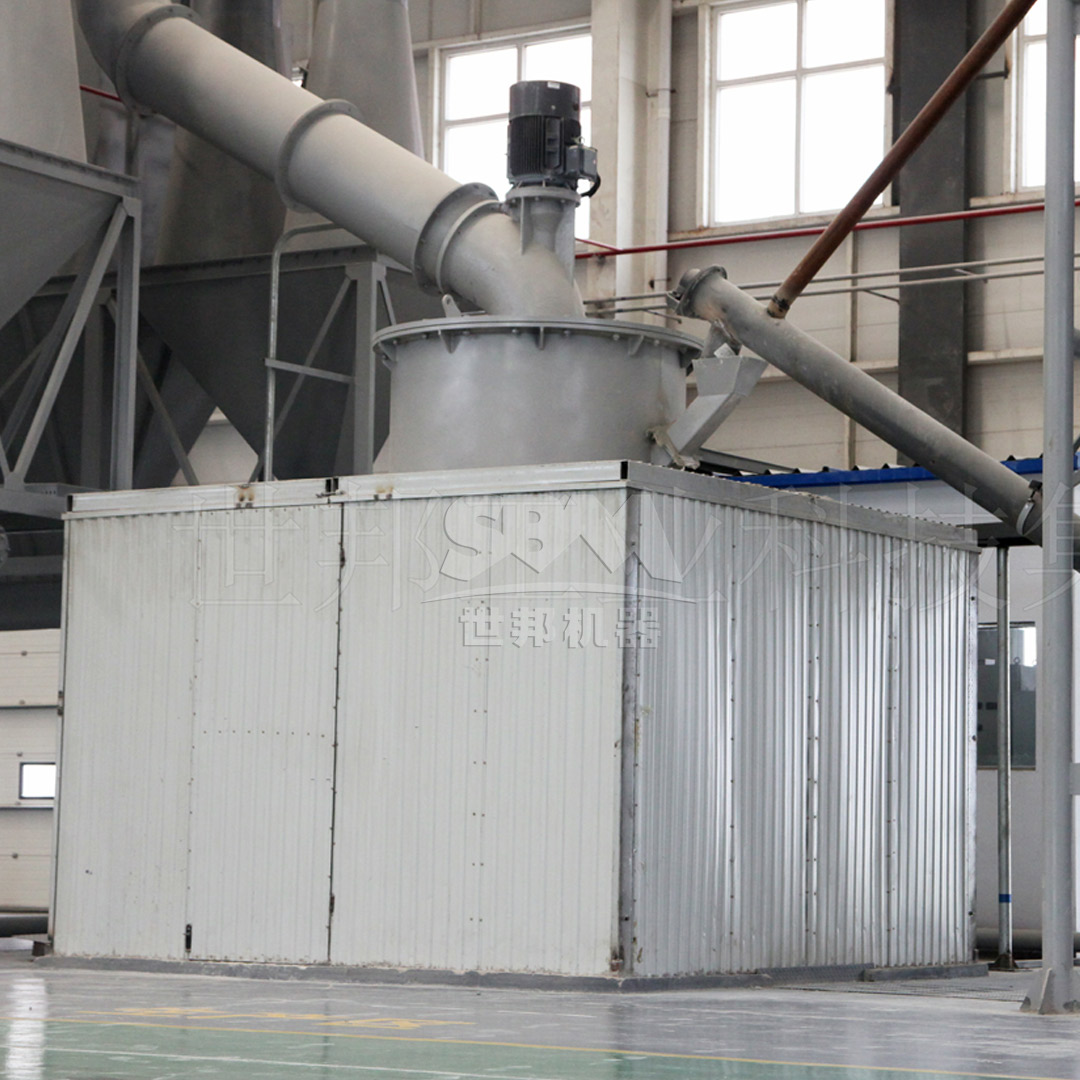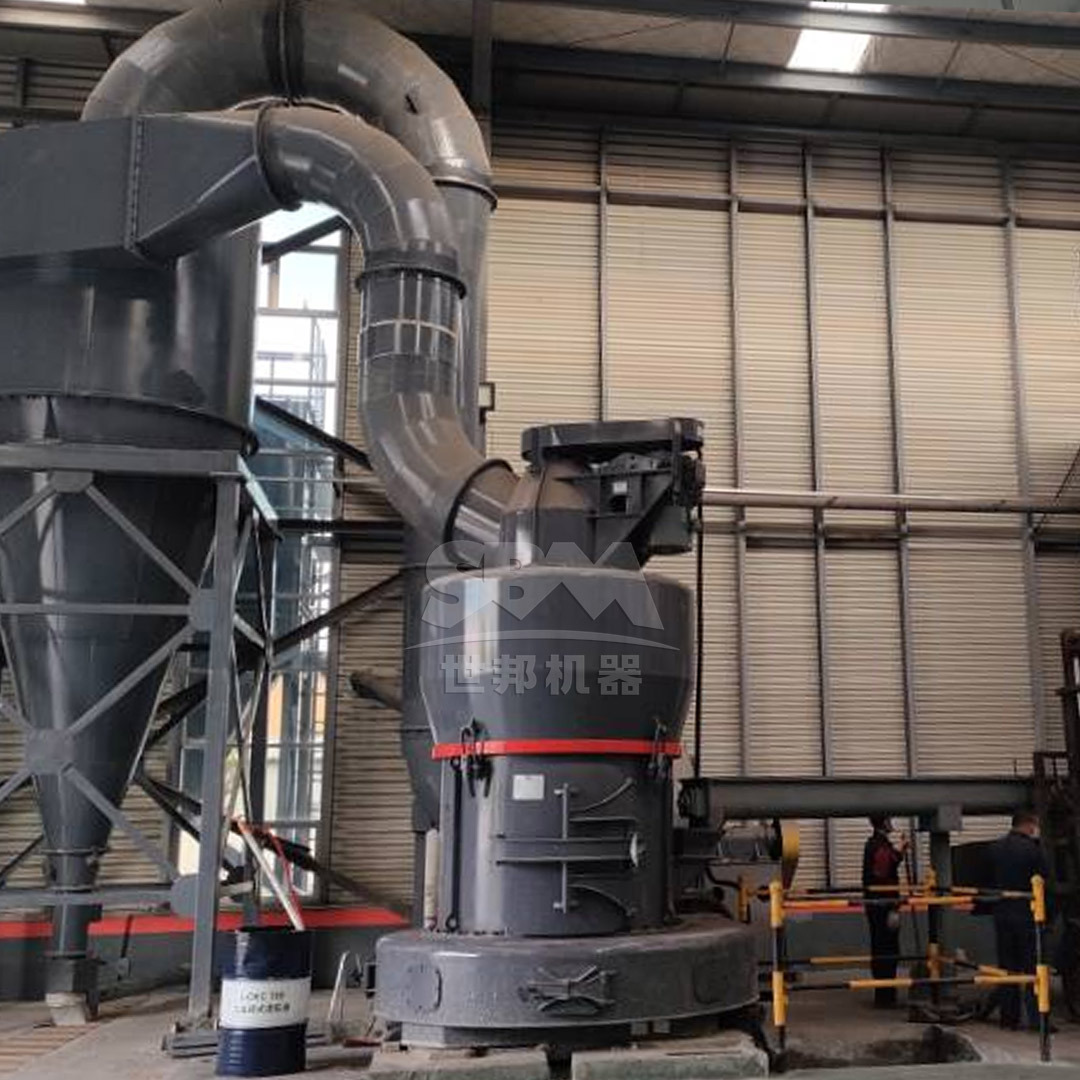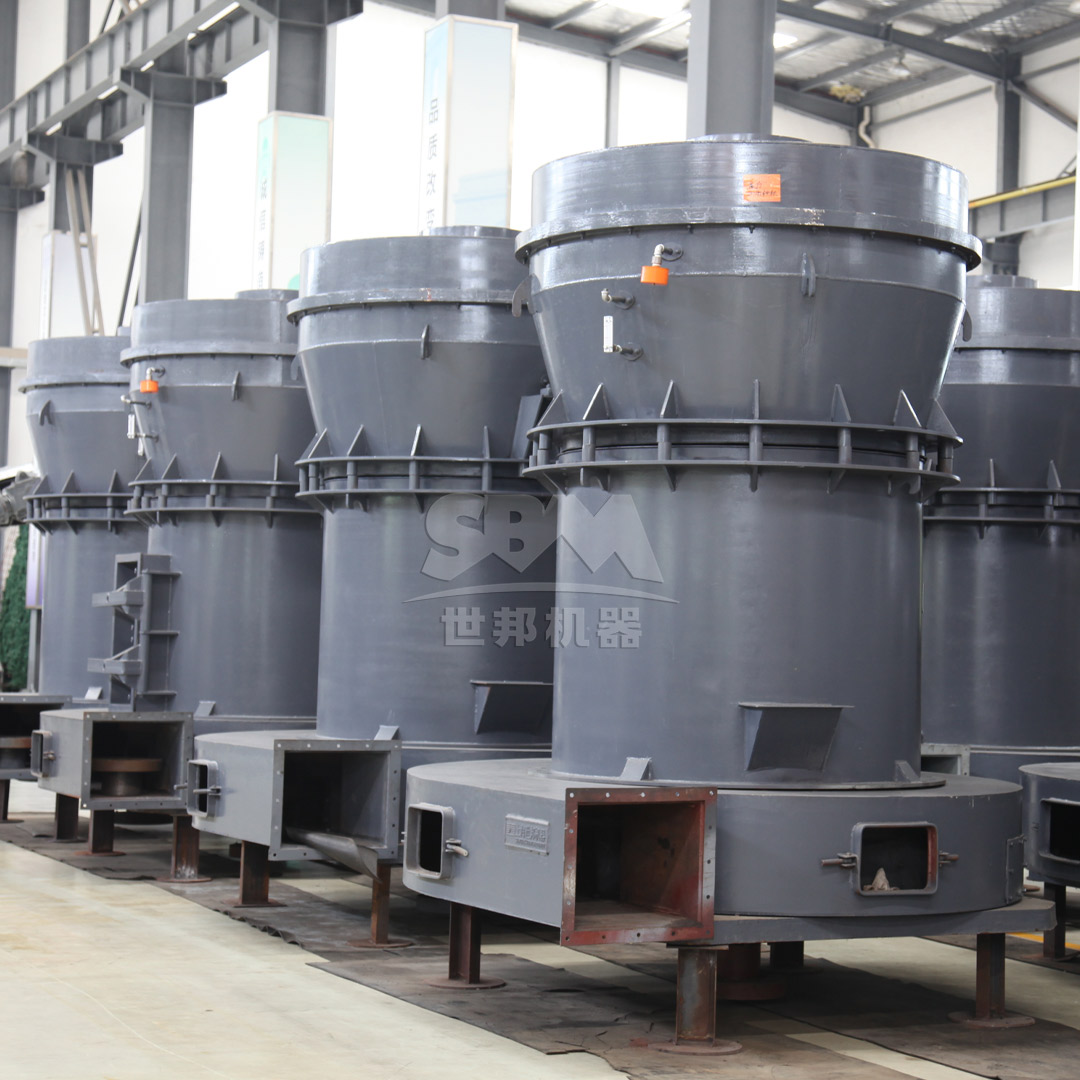The personal care industry demands exceptionally fine and consistent talc powders to meet the stringent requirements of modern cosmetics, skincare, and hygiene products. Ultrafine talc enhances product performance by providing superior smoothness, opacity, oil absorption, and tactile properties. Achieving the desired particle size distribution (PSD) and purity level requires advanced milling technology capable of precise control and efficient operation. This article explores the critical role of ultrafine grinding in talc processing and highlights innovative solutions that deliver high-performance results.
Talc, a hydrous magnesium silicate, is a versatile mineral widely used in personal care formulations. Its lamellar structure provides excellent slip, lubricity, and adhesion properties. However, conventional grinding methods often fail to produce the ultrafine particles (D97 ≤ 5μm) required for premium applications. Coarse or irregular particles can compromise product texture, cause whitening, or reduce efficacy. Ultrafine talc powders, with tightly controlled PSD, ensure seamless integration into formulations, enhancing spreadability, coverage, and sensory attributes.

Grinding talc to ultrafine sizes presents several technical challenges. Talc’s softness (Mohs hardness 1) and platy morphology make it prone to agglomeration and over-grinding, which can degrade particle structure and increase energy consumption. Traditional mills, such as ball mills or Raymond mills, often lack the precision to achieve narrow PSDs and may introduce contaminants from wear parts. Additionally, heat generation during milling can affect talc’s crystalline structure, reducing its performance in end products.
To overcome these challenges, modern talc processing relies on specialized mills designed for ultrafine grinding with minimal contamination and energy use. Key technologies include vertical roller mills, pendulum mills, and particularly, ultrafine mills with integrated classification systems. These mills employ precision grinding mechanisms and advanced airflow classification to produce talc powders with consistent fineness and high purity.

For talc milling to personal care standards, we highly recommend our SCM Ultrafine Mill. This mill is engineered specifically for producing powders in the range of 325–2500 mesh (45–5μm) with exceptional uniformity and low energy consumption. Its design addresses the unique challenges of talc grinding, offering high efficiency, durability, and environmental compliance.
| Model | Processing Capacity (ton/h) | Main Motor Power (kW) | Input Size (mm) | Output Fineness (mesh) |
|---|---|---|---|---|
| SCM800 | 0.5–4.5 | 75 | ≤20 | 325–2500 |
| SCM900 | 0.8–6.5 | 90 | ≤20 | 325–2500 |
| SCM1000 | 1.0–8.5 | 132 | ≤20 | 325–2500 |
| SCM1250 | 2.5–14 | 185 | ≤20 | 325–2500 |
| SCM1680 | 5.0–25 | 315 | ≤20 | 325–2500 |
The SCM mill operates via a multi-layer grinding ring system driven by a central motor. Material is fed into the grinding chamber and dispersed by centrifugal force, where it is compressed and sheared between rollers and rings. The finely ground talc is then separated by the classifier, with oversize particles recycled for further grinding. Collected powder is discharged via a cyclone and pulse dust collector, ensuring high yield and purity.
For applications requiring slightly coarser talc powders (30–325 mesh), our MTW Series Trapezium Mill offers robust performance and cost-effectiveness. It features innovative designs such as wear-resistant shovel blades, curved air ducts, and conical gear transmission for efficient operation and reduced maintenance. With capacities ranging from 3 to 45 tons/hour, it is suitable for large-scale production of talc for body powders and other personal care items.

To optimize talc milling for personal care products, consider the following practices: